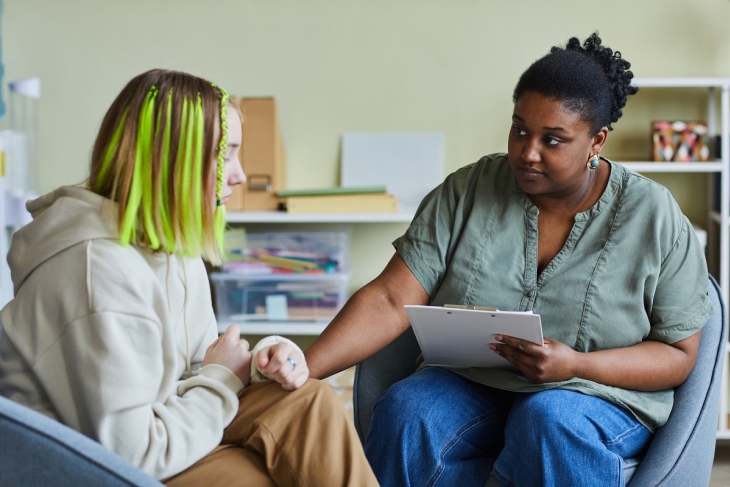During his first term, Governor DeWine established a first-of-its-kind initiative aimed at helping schools address the non-academic needs of students. Known as the student wellness and success (SWS) fund, it awarded $675 million on a per-pupil basis over a two-year period to public schools of all stripes. To access funds, districts and schools were required to develop a plan for collaborating with at least one state-approved community partner, and were provided with a list of allowable programs and services on which to spend the dollars.
Two years later, DeWine proposed increasing SWS funding to $1.1 billion. This time, though, the legislature didn’t bite—largely because they were facing the increased costs of a new school funding formula. To pay down some of those costs, lawmakers eliminated the SWS fund as a standalone program, and incorporated those dollars into the overall funding model.
Now, with his second term underway and another budget being debated, Governor DeWine is aiming to re-establish the SWS fund. In his recently released budget recommendations, the governor charges the Ohio Department of Education (ODE) with notifying public districts and schools each fiscal year of how much of the state share of the base cost is attributable to the staffing cost for the SWS component. In other words, ODE will be required to annually tell districts and schools how much of their state funding is intended to pay for SWS efforts.
From there, districts and schools must spend the funds on certain initiatives, programs, or services that have been approved as allowable uses for disadvantaged pupil impact aid. The list includes items like physical and mental health services, community liaisons, family engagement and support, and services provided outside typical school hours. That’s not much different than how things are currently done. The catch, though, is that districts and schools will now be required to spend at least 50 percent of the funding on physical or mental-health-based services or a combination of the two. Thus, although something like family engagement and support services would be an allowable use of some SWS funding, schools can’t spend all of their SWS dollars in those areas.
Under DeWine’s proposal, districts and schools would also be required to do the following:
- Develop a plan for how they’ll use their SWS funds “in coordination” with a community mental health prevention or treatment provider or a local board of alcohol, drug addiction, and mental health services, as well as one of the community partners identified under continuing law.
- Share the aforementioned plan at a meeting of the district board or governing authority and post it on the district’s or school’s website.
- Submit a report to ODE at the end of each fiscal year that describes the initiatives on which they spent SWS funding. Starting in FY 2024, all funds must be spent by the end of the following fiscal year, and unspent funds must be repaid to the department.
That’s not all, though. To bolster his attempt to re-establish the parameters of the original program under the new funding formula, DeWine has added some teeth to the new requirements. If ODE determines that a district or school isn’t spending its SWS funds in accordance with the aforementioned expectations, the department is permitted to develop a corrective action plan. Those that are found to be out of compliance with this plan can have their SWS funding withheld. The upshot? Although Ohio districts and schools currently receive state dollars that are intended to fund efforts to support non-academic needs, there aren’t any provisions in law that require them to do so. DeWine’s plan would change that by mandating they spend SWS dollars on student wellness activities or face the consequences.
Children and youth were a focal point of the governor’s state of the state address, and the SWS fund was one of his signature education policies, so it shouldn’t be surprising that DeWine would want to re-establish the initiative under the state’s new funding system. It’s also understandable that, in the wake of a pandemic that wreaked havoc on the mental health and wellbeing of students, DeWine would want to ensure that funds earmarked by the state to pay for SWS initiatives are actually being used for that purpose. Research about whether addressing non-academic factors can lift academic achievement is mixed, but for many—including, it seems, the governor—meeting the non-academic needs of students is a moral imperative. Under DeWine’s latest SWS proposal, districts and schools would be expected to tackle the need head on.




